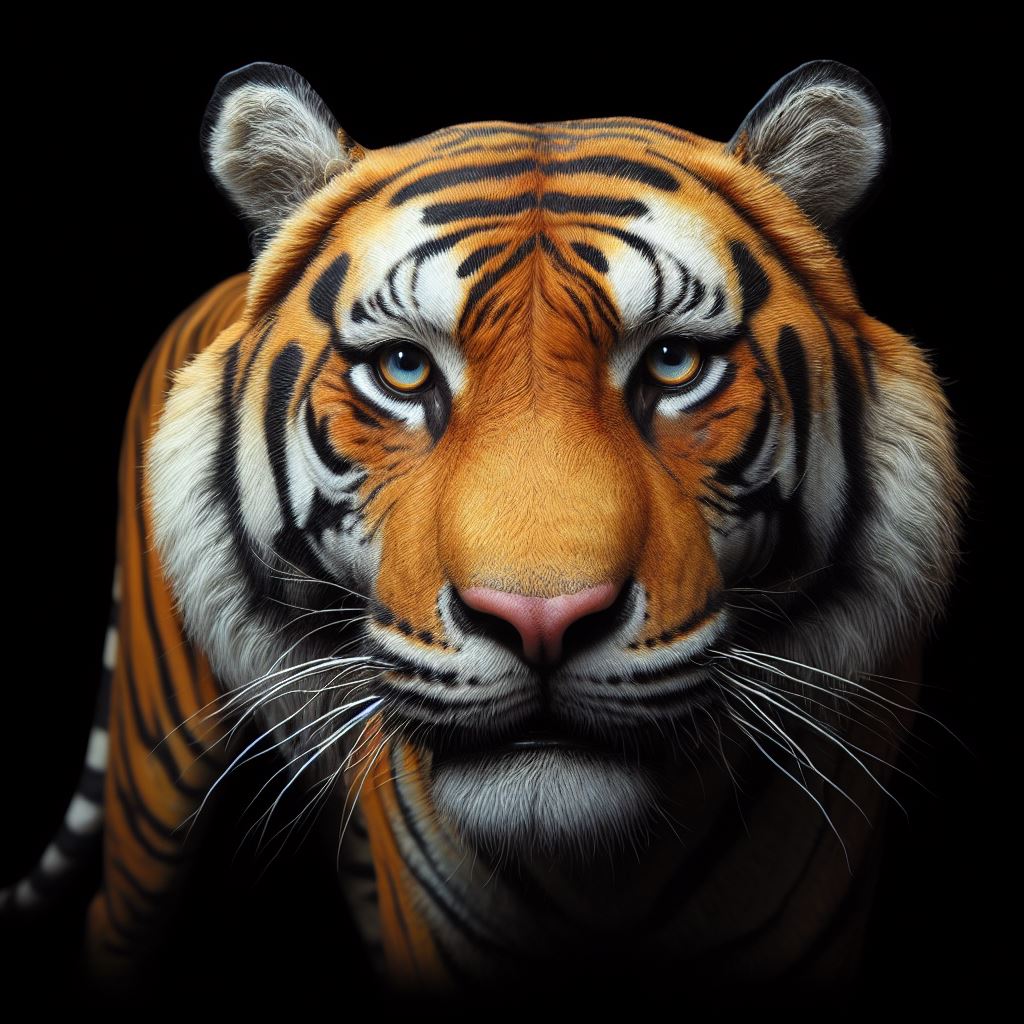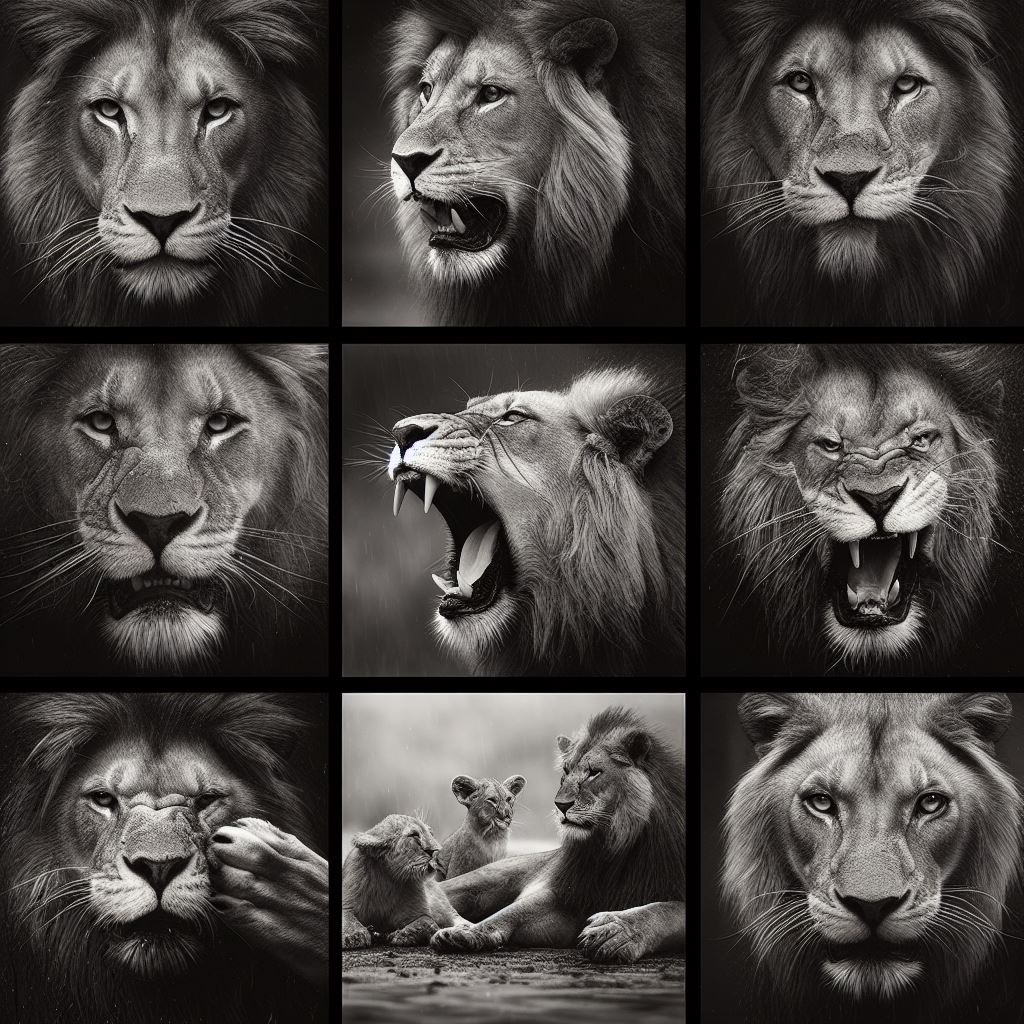Perspective of a zoologist about zebras:
As a zoologist who has researched African wildlife for over a decade, I never cease to be fascinated by the zebra. At home, on the sweeping savannas, these iconic equids almost look like they’re wearing customized couture with stunning black and white stripes. But while their bold patterns may seem designed just for show, science continues to uncover how vital those stripes are to the zebra’s survival. Through field observations and emerging technologies, we keep gaining new insights into how these creatures thrive in their competitive, challenging environment.
Zebras and horses belong to the genus Equus but have adapted to the hotter, drier African grasslands. Their stripes likely help regulate temperature by generating cooling air currents across their coats. The patterns may also make it harder for predators to single out individuals in a herd. Their large, rounded ears give them exceptional hearing to detect threats in tall grasses. Zebras aren’t just running fashion models – their famous stripes serve crucial functions.
Studying plains zebra behaviors in Kenya, I’ve spent countless hours watching their complex social dynamics. Each herd follows a lead male who decides their movement. Females have clear roles based on age and rank. At watering holes, zebras must drink cautiously, alert to lurking crocodiles. Their unique gaits allow the flowing herd to follow the leader. Every interaction reflects an intricate order.
Advanced technologies have revealed fascinating insights into zebras’ private lives. GPS tracking shows they migrate along precise routes between seasonal ranges. Thermal imaging reveals how the stripes regulate temperature. DNA studies suggest the patterns evolved independently twice as camouflage. The lines are no accident of fashion – they are critical to the zebra’s success.
Many enigmas around zebras remain. Why do different species have unique dewlaps? Do their calls serve more than bonding? Can their medicinal behaviors teach us? As a zoologist, the zebra inspires infinite questions to keep researching. Each new finding provides a priceless perspective into wildlife adapting over eons, reminding us we still have much to learn.
The zebra’s elegance beckons us to protect their sanctuaries from human harm. May they also spark compassion as they captivate us so their hoofbeats will thunder over wild grasses for ages. We have the power to ensure these icons of the African plains thrive for generations if we learn to look beyond fashion to uncover their profound lessons for survival.



